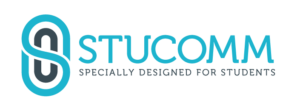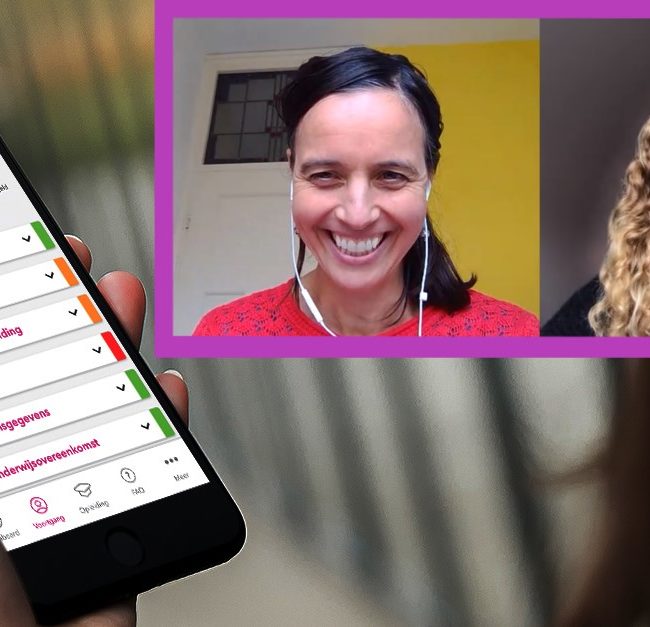
5 Ways to Evaluate September Onboarding

Your main goal for last September was to prepare new students as best you can. September onboarding is a crucial moment within the student lifecycle. Going to college or university means there is a lot of change. A new environment, a new way of learning, different people and a lot of changes to the social lives of students. With so much going on, you need to be there for them to get them ready for the new year. It is a difficult task and you will almost certainly make mistakes on the way. That is fine; you can learn from your mistakes and improve for the next onboarding. Here are five ways to evaluate your September onboarding and figure out what you can improve for January.
Communication statistics
Good onboarding starts with reaching students. Both prior to and during September, different people and departments within your institution want to inform and prepare your students for what is to come. They will be communicating with your students in any way possible. Have a look at your communication channels and see if your students actually read your emails, saw your notifications or interacted with your messages. This is a great indicator for student engagement early on and the extent to which you were able to fully inform your students.
System analytics
Throughout their studies your students will be using many of the systems and platforms you provide them with. Some institutions organise this better than others, as your students prefer as few systems and platforms as possible. Going through system analytics allows you to see what your students are using and how frequently. Are your students using the systems and platforms they need to? Are they missing out on anything? Are your students able to find their way around them and get to what they need?
Event attendance
On the subject of student engagement, event attendance is another great indicator. Traditionally institutions organise various events throughout induction and the first weeks of the year. While the topics are often useful for students to learn about everything that is going on around campus, it is also a great moment for students to interact with fellow students. Events are crucial to drive student engagement and as we all know, engaged students are more likely to succeed during their studies. Have a look at your attendance numbers, but also the actual attendance compared to the amount of students that signed up for the event.
Student performance
During the first semester students will need to take tests, write papers and participate in (group) assignments. The grades they get early on show if these new students are getting on well or if you need to do some extra work. Good grades can mean a student is highly engaged and motivated to perform. Worse grades can mean students are disengaged or need some extra help to get to the level of other students.
Student voice
If you want to know if new students are engaged and well prepared, why not just ask them? Ultimately, the student voice is one of the most important things to consider when evaluating not only September onboarding, but pretty much anything related to your students. Through focus groups, interviews, and surveys you can find out a lot about your students. Start by sending out a quantitative survey that touches on the goals you set for September onboarding. This is a first indicator on how well you performed. If there are areas you did not perform well in, you can investigate with qualitative research, through interviews or focus groups. With all this input, you will know what you can improve for the next onboarding period.
So, how Ready were you in September? What are your biggest challenges? Get your hands on our guide to help you not only look back, but also prepare for January onboarding in the best way possible!








